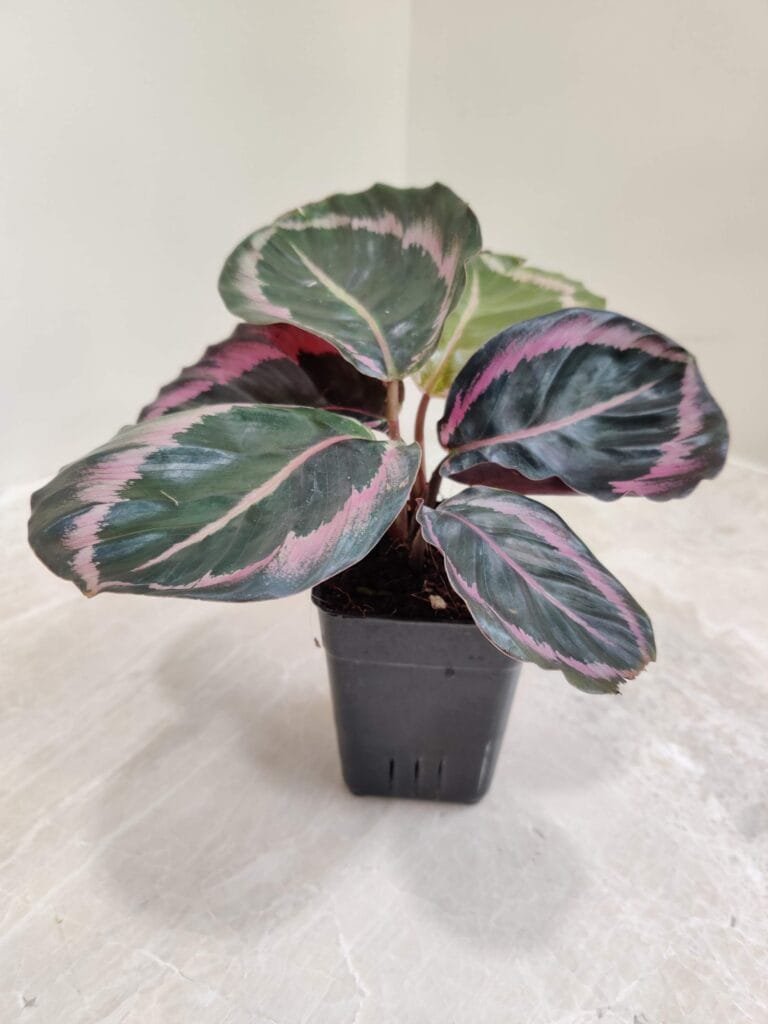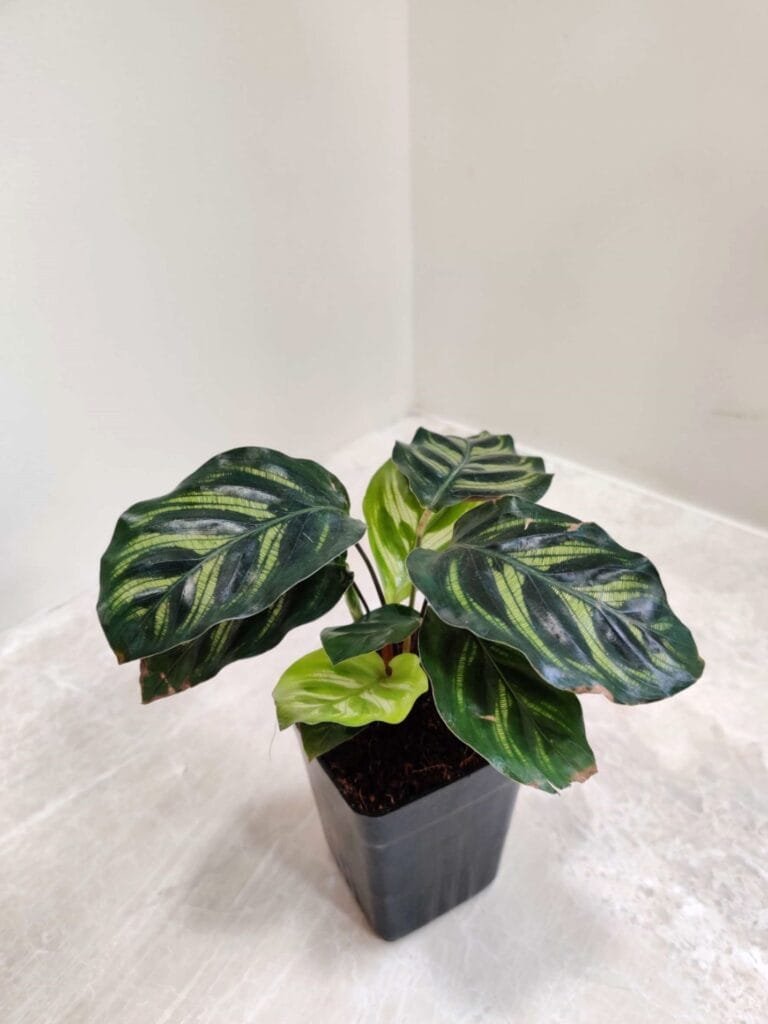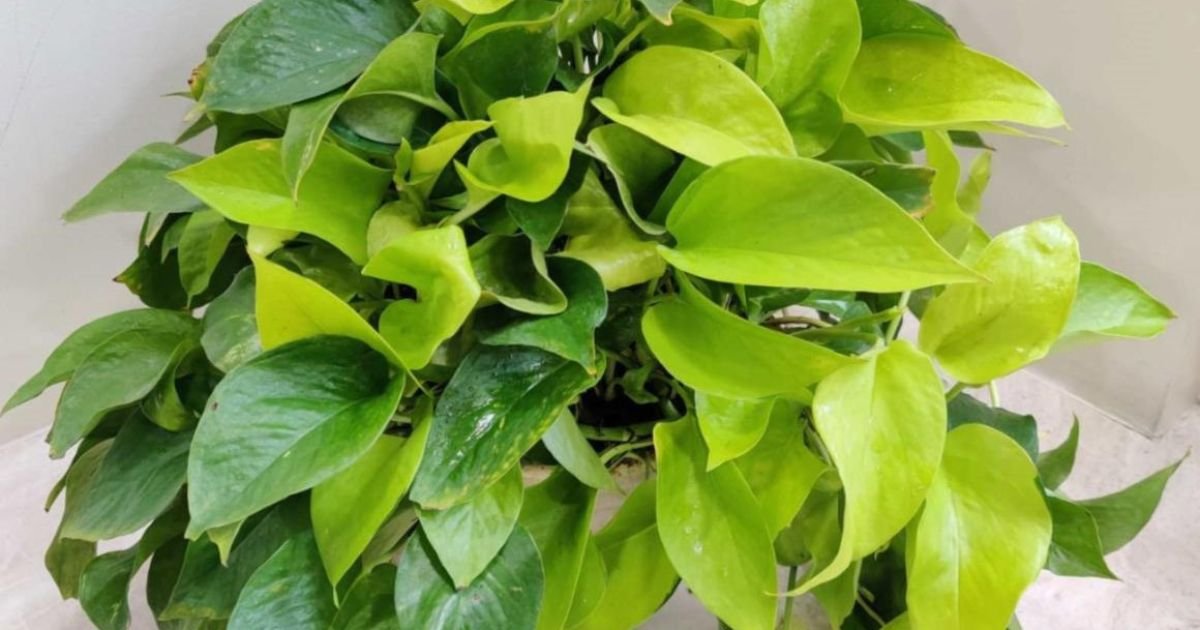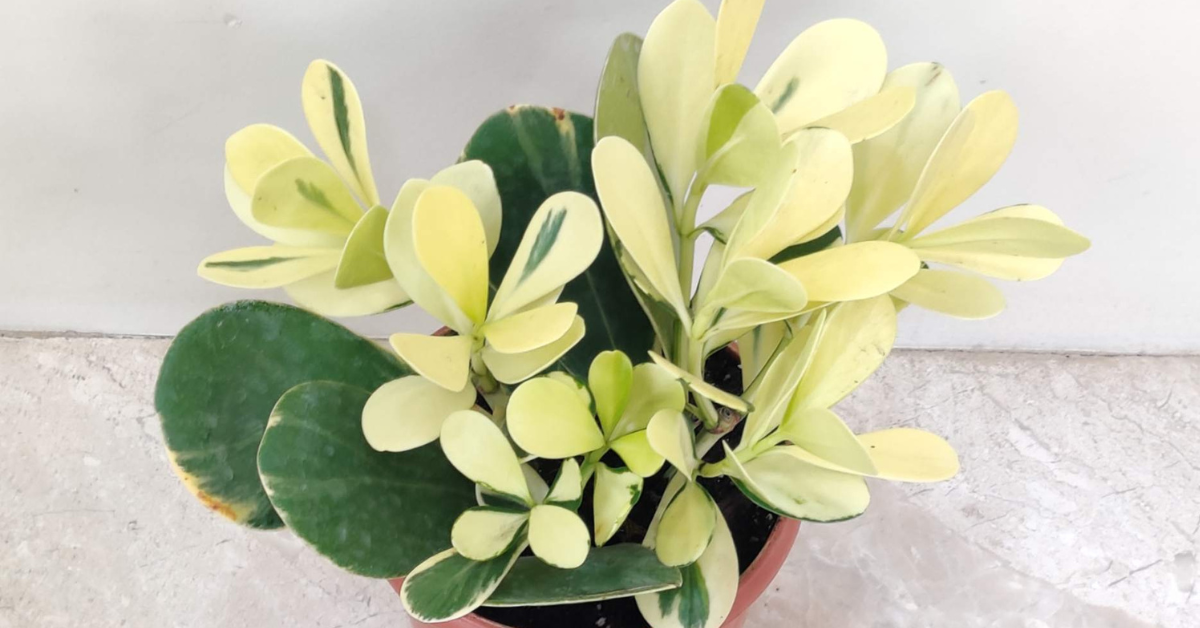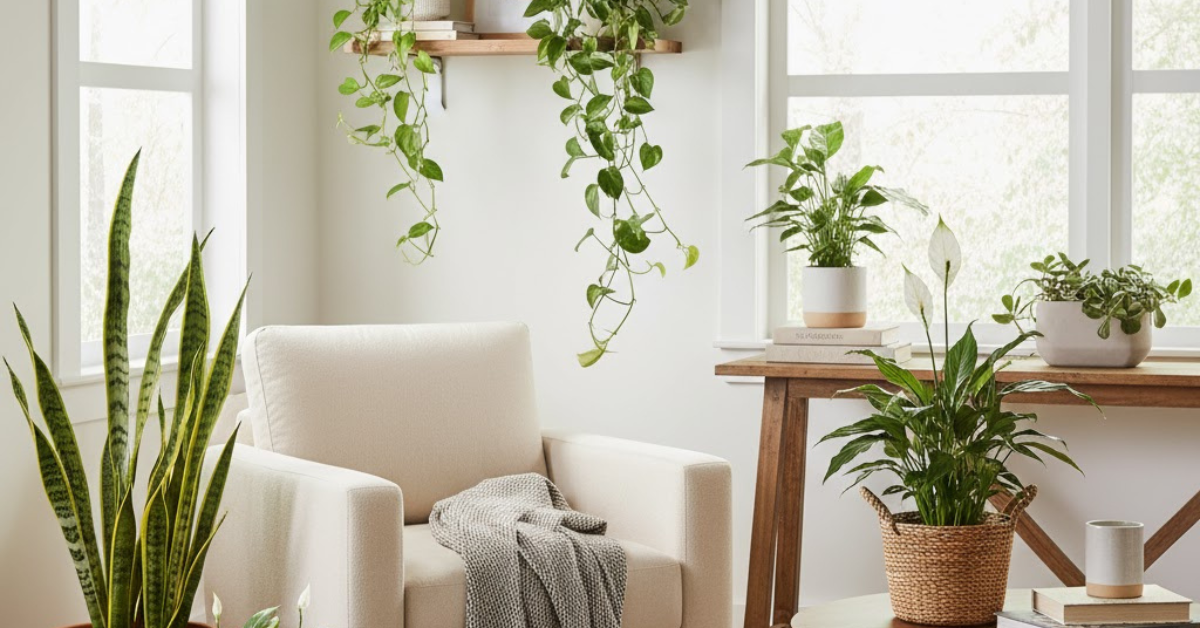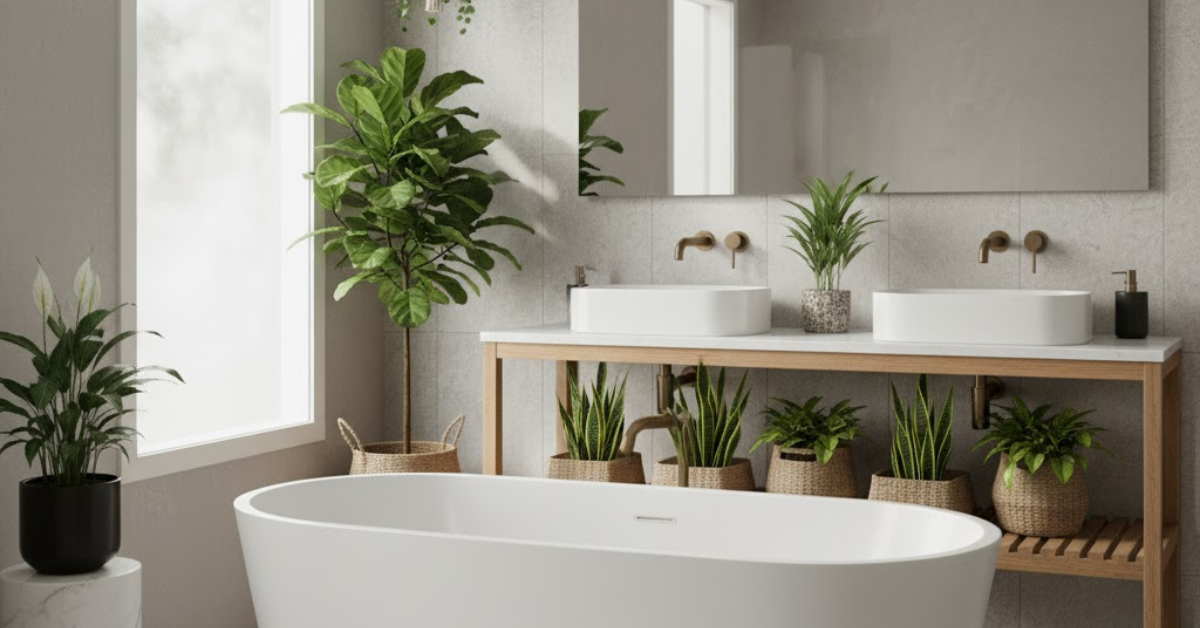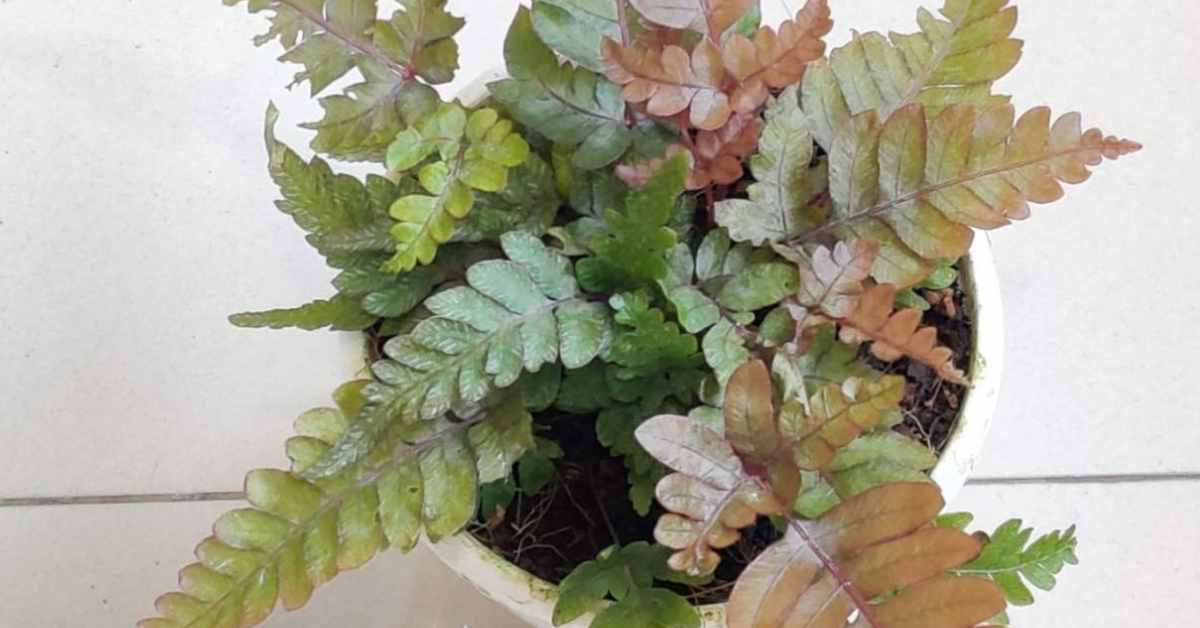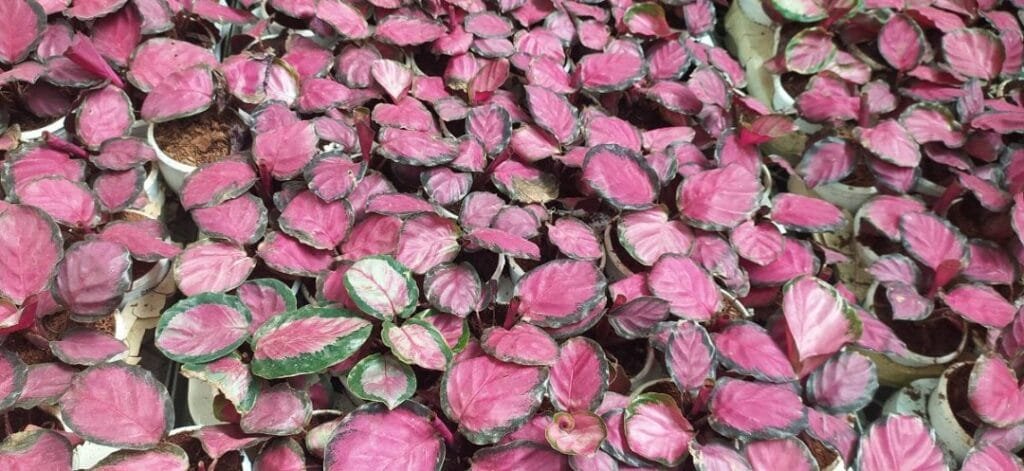
Calathea Roseopicta Crimson is an eye-catching houseplant that has gained immense popularity among plant enthusiasts. With its striking foliage, intricate leaf patterns, and relatively easy care requirements, this tropical beauty is perfect for adding a touch of elegance to your indoor garden. Whether you are a seasoned plant parent or a beginner, this guide will help you understand the unique characteristics, care guidelines, and common issues associated with this gorgeous plant.
Botanical Background
- Scientific Name: Calathea Roseopicta
- Family: Marantaceae
- Genus: Calathea
- Native Habitat: Originating from the tropical rainforests of South America, Calathea thrives in warm, humid conditions under dense canopies.
Physical Characteristics
- Leaf Structure: The plant features broad, oval-shaped leaves with stunning crimson and dark green hues. The undersides of the leaves often display a deep purple shade, adding to its ornamental appeal.
- Growth Habit: Calathea Roseopicta Crimson grows in a clumping manner, reaching a height of about 1 to 2 feet. With proper care, it exhibits steady growth throughout the year, with new leaves unfurling in a mesmerizing pattern.
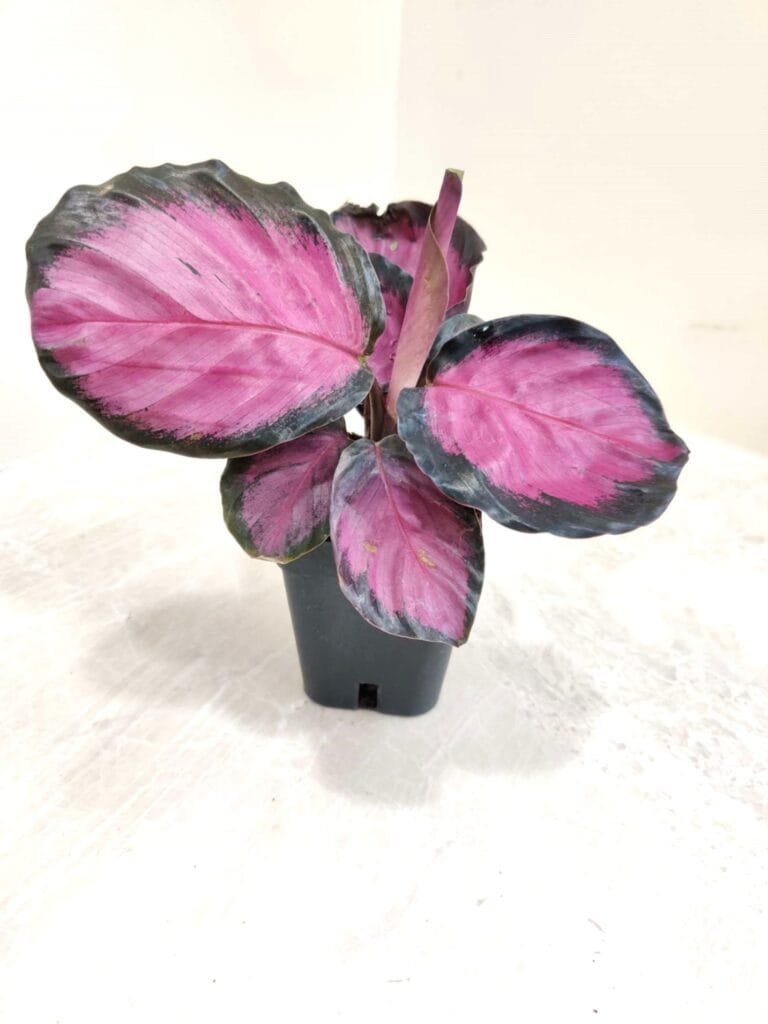
Ideal Growing Conditions
1. Light Requirements
- Prefers medium to bright indirect light.
- Direct sunlight can cause scorching of leaves, leading to faded colors.
- Artificial grow lights can be used if natural light is insufficient.
2. Soil Composition
- Well-draining, moisture-retaining soil is ideal.
- A DIY potting mix can include peat moss, perlite, and orchid bark to maintain aeration and hydration.
3. Temperature & Humidity
- Ideal temperature: 70°F to 80°F (21°C to 27°C).
- Requires high humidity levels (50% or higher).
- Use a humidifier or place the pot on a pebble tray with water to maintain moisture.
Care Guidelines
1. Watering Practices
- Water when the top inch of soil feels dry.
- Use filtered or distilled water to prevent mineral build-up.
- Signs of improper watering:
- Yellowing leaves indicate overwatering.
- Crispy leaf edges suggest underwatering or low humidity.
2. Fertilization
- Use a balanced liquid fertilizer (diluted to half strength) once a month during spring and summer.
- Reduce feeding during fall and winter when growth slows down.
3. Potting and Repotting
- Repot every 2-3 years or when roots outgrow the container.
- Choose a pot 1-2 inches larger in diameter with proper drainage holes.
Common Issues and Solutions
1. Pests and Diseases
- Common pests: Spider mites, aphids, and mealybugs.
- Treatment: Wipe leaves with a neem oil solution or insecticidal soap.
2. Environmental Stress Symptoms
- Brown leaf edges: Indicate low humidity; mist the plant or increase humidity levels.
- Drooping leaves: A sign of either overwatering or underwatering; adjust accordingly.
- Yellowing foliage: Could indicate excessive watering or lack of nutrients.
Propagation Techniques
1. Division Method (Best Approach)
- Remove the plant from the pot and gently separate clumps of roots with at least one healthy shoot.
- Repot each division into a fresh pot with well-draining soil.
2. Cutting Method (Less Common)
- Take a healthy leaf cutting with a stem and place it in moist soil.
- Keep the humidity high to encourage root development.
Decorative Uses and Styling Tips
1. Indoor Styling
- Ideal for living rooms, offices, and bedrooms due to its air-purifying qualities.
- Pairs beautifully with neutral or minimalist decor.
2. Companion Plants
- Pairs well with Ferns, Snake Plants, and Peace Lilies, which thrive in similar humidity conditions.
Conclusion
Calathea Roseopicta Crimson is a magnificent plant that brings a tropical charm to any indoor space. While it requires some attention, its stunning foliage and air-purifying properties make it well worth the effort. By providing the right balance of light, water, humidity, and nutrients, you can enjoy a thriving and vibrant plant for years to come.
FAQs
1. Why are my Calathea’s leaves curling?
Curling leaves often indicate underwatering or low humidity. Increase watering and humidity levels.
2. How often should I mist my Calathea?
Mist lightly every few days, especially in dry climates, but avoid over-wetting the leaves.
3. Can Calathea grow in low light?
Yes, but it prefers medium to bright indirect light for optimal growth.
4. What type of pot is best for Calathea Roseopicta Crimson?
A ceramic or plastic pot with drainage holes is ideal to prevent root rot.
5. Why are there brown spots on my plant’s leaves?
Brown spots may be due to overwatering, pests, or exposure to tap water with fluoride or chlorine.
